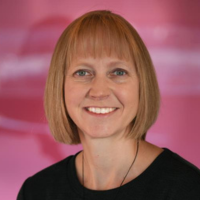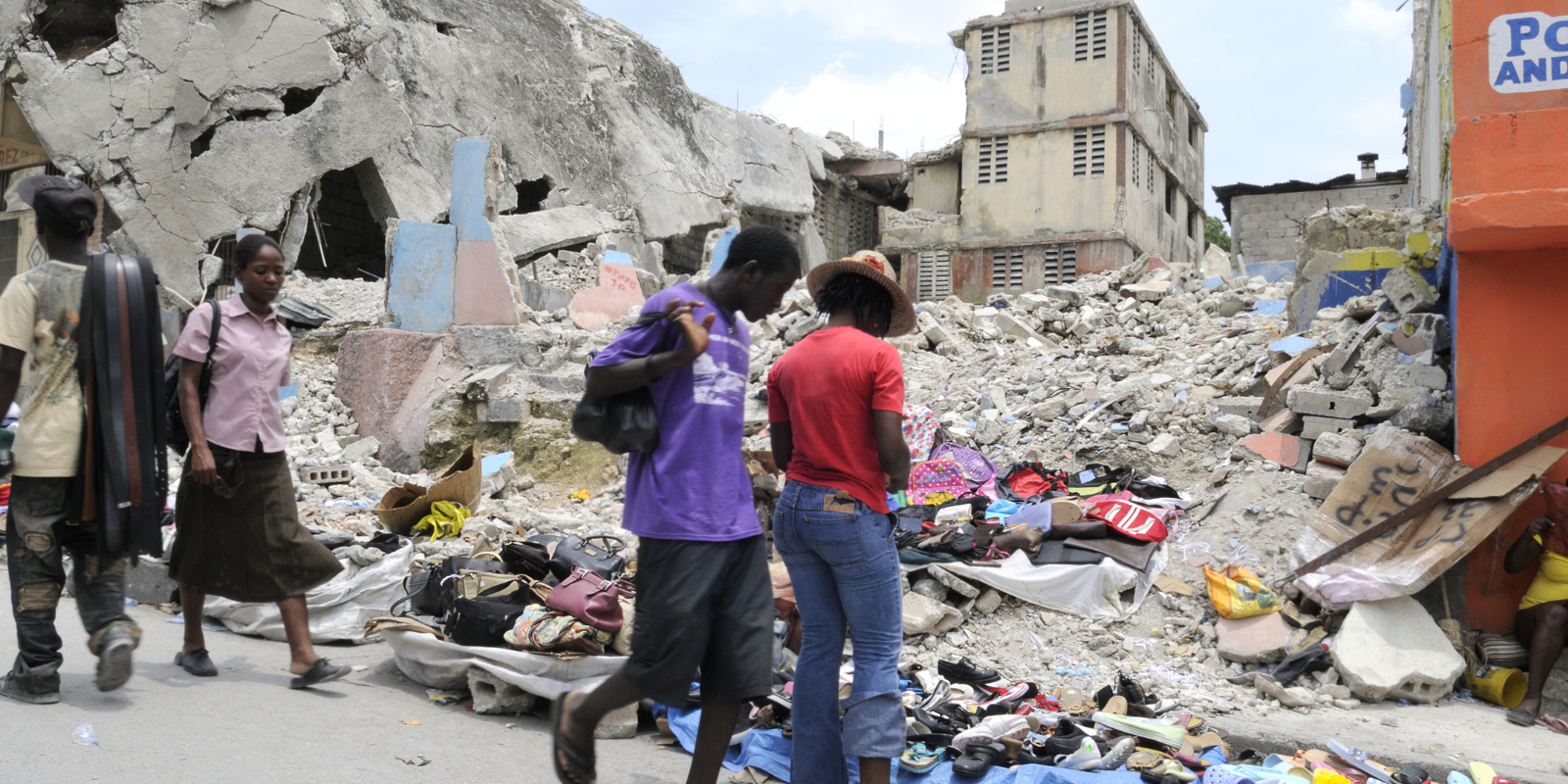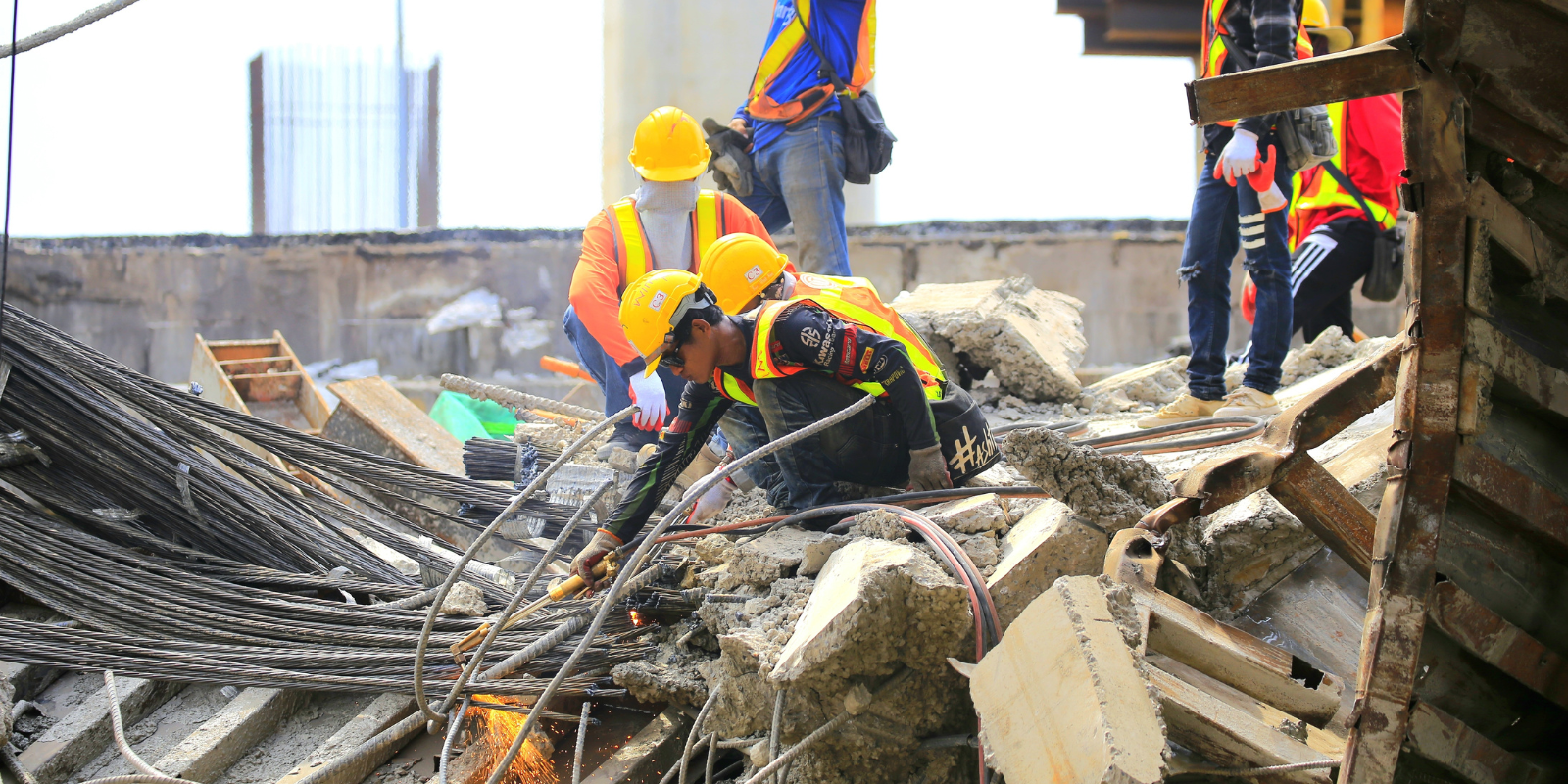What makes this facility stand out?
This really is a true partnership where Cherry Creek School District (CCSD) teachers, mental health team members and caregivers are working in tandem every single day with our clinical providers at CU Anschutz to provide the support that kids who require an intensive level of services need to transition successfully back into the classroom. I think that partnership is really unique.
We don't know of any other programs like this where you've got a partnership between a school district and a clinical team to provide an intensive level of care within a school setting, where we can actually do the therapy and reinforce skills in the setting where students are struggling every single day.
Can you share more specifics about how the program works?
There will be 60 students at full capacity, and students will be referred through the mental health team at their home school. About half of those students will be in our intensive outpatient program (IOP), receiving an intensive outpatient level of care. That's nine-plus hours a week and lasts for around six weeks, although there's probably going to be some flexibility.
Then, students will step down to the transitions program. There are three classrooms dedicated for transitions, so it will be about 50% of the program. The purpose of transitions is to really try to replicate a typical school day, to allow students to experience longer-period blocks where they're receiving less-intense therapeutic support, and to help them put their skills into place so that they can get support using them in a really safe, small, supportive environment. And we can help them figure out what they need to do to successfully make that transition back to school and continue to apply these skills in the school environment.
What does this new school say about the state of our youth's mental health?
We've seen, not just here in Colorado, but really nationally, and in some cases internationally, rates of anxiety, rates of depression, and rates of behavior disorders increasing since the pandemic. But this trend really started in the last 10 to 15 years.
We have also seen more kids with more severe presentations. Rates of suicidal thoughts, self-injury and suicidal behaviors have really increased dramatically in the last 10 years, but especially the last couple of years.
At Children's Hospital Colorado, we are seeing younger and younger kids in our psychiatric emergency department, sometimes in our hospital floors. Rates of suicide unfortunately in the 10- to 14-age group have tripled in the last 10 years, so it's affecting kids at younger and younger ages. We are hoping a program like this could really help to provide the support for kids who need a more intensive or acute level of treatment and support those students in returning back to and functioning in their typical environments.
That’s part of the reason it's going to be so important for us to look at how this is working, look at the information and the outcomes, to try to see if this could be a solution and fill this gap in care.
How has the school been organized for success, and why do the collaborators see this as an intervention that will make a difference?
I think one of the big problems that we're trying to solve with this program is when kids leave school to participate in a partial hospitalization program, or a day treatment program or even an inpatient program that's hospital based, it can be really challenging to help them have a smooth transition back to their school, because it's hard for the hospital-based providers to be able to communicate with the school and vice versa.
Also, the students are out of their typical environment and where they're having these struggles day to day.
It’s really unrealistic to expect them to just complete a program that is intensive and be able to return and go right back to school. A lot of students struggle with that transition, and schools also struggle with trying to figure out how to support that transition.
This program really fills that gap because we are within the school district. We are closely communicating as a team within Traverse, but we are also communicating frequently with the student’s home school. We're sharing information, we're getting their input to develop the student's transition plan, which they start at the beginning of the program, and which they carry through for the entire duration of IOP and transitions.
We're working with outpatient providers to figure out what support they're going to need after they finish the program. We've got communication with outpatient providers and with home schools about what skills were and were not helpful or effective for that student.
How do you prepare students to return to a public school environment?
I think the intervention approach that we use also really focuses on helping students to gradually gain experience with approaching situations that are bringing up strong emotions for them and sticking with those situations.
A lot of these kids are used to avoiding, and that is what they have learned makes them feel better most quickly. And so, they're leaving the classroom when they feel distressed. Sometimes they're spending hours and hours in an administrator or mental health team member's office. They're not going to school. They're totally disengaged. And they've learned that some of those things make them feel better in the short term, but in the long term, of course, they're causing more problems and not getting them closer to being able to function in the school environment.
So the approach that we're taking in this program is helping kids learn that these situations that they have been avoiding may be uncomfortable, but they're safe situations and situations that they can learn to tolerate and build some self-confidence around their ability to tolerate. We're using that gradual exposure approach throughout the program to really build their confidence to be able to make that transition and handle those situations that are going to come up when they transition to their home school.
Why start with Cherry Creek School District?
Cherry Creek put out a call for proposals a couple years ago, searching for a clinical partner for this kind of program. So it was really their brainchild. There was money that was raised through a bond to actually build the facility.
But part of their commitment comes from seeing that some of the students in the district really struggle, losing students to suicide, seeing these challenges that kids experience when they try to transition from these higher levels of care and hospital-based programs back to the district. And they decided, ‘Hey, why don't we build our own? Let's build our own day treatment program to try to overcome some of these challenges.’ I think that that mission really spoke to us. Also, we’ve seen the other side of it, and that's part of the reason why we submitted a proposal to be the clinical partner.
We've seen the kids in some of our hospital-based programs – I'm thinking of our hospital-based programs at Children's Hospital Colorado, where CU Anschutz faculty members provide services – really struggle with that transition. And I was struggling to figure out, well, how do we as providers who are in a totally different setting, prepare kids for this transition back to school? So I think the mission and that idea just really spoke to us.
Will this model be hard to replicate then?
We hope that it won't be hard to replicate. I think we've built an amazing partnership, and I think we've figured out a lot about how to make these partnerships work. And I think there are certainly lots of other school districts who are interested in this idea.
In this first year, part of what we are trying to figure out is whether this is the right clinical model. What do we need to do to make this work? We will be collecting information on clinical outcomes. We'll be wanting to think about how students are doing upon return to their home schools, to really make sure that we are providing the most effective services possible, and to look for ways that we can improve.
And then we'll also be thinking about sustainability. Is this a model that would financially be feasible in other districts? How do we make this cost neutral? How can school districts and academic health centers build these partnerships that work in different districts that might have different resources, different student populations, maybe in different areas of the state?
That's part of what we're hoping to learn in this process, and especially throughout this first year, is what would it take to make this a model that could have really wide reach?
Photo at top: Attendees of the Oct. 13 ribbon cutting ceremony pose in front of the new Traverse Academy.





